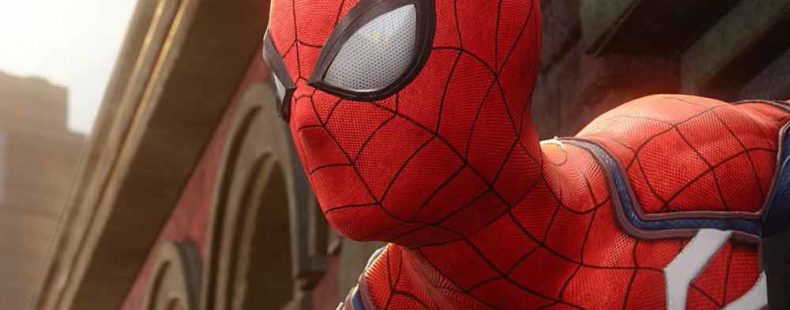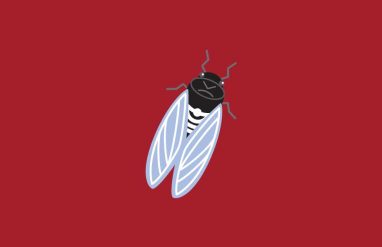Yes, There’s A Hyphen
Spider-Man does whatever a spider can. Spins a web, any size. Catches thieves, just like flies. But to be clear, his name is Spider-Man, not Spiderman. Creator Stan Lee used the hyphen to differentiate the spelling from other superheroes like Superman, Batman, and Aquaman. We all know the nerdy Peter Parker got his powers after being bitten by a radioactive Achaearanea Tepidariorum—a common house spider. However, Spider-Man is fictional (dang). Let’s look at the names of some other spiders that are quite real.


















